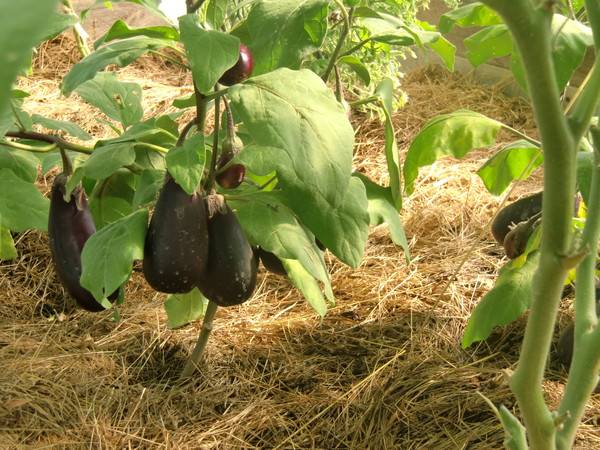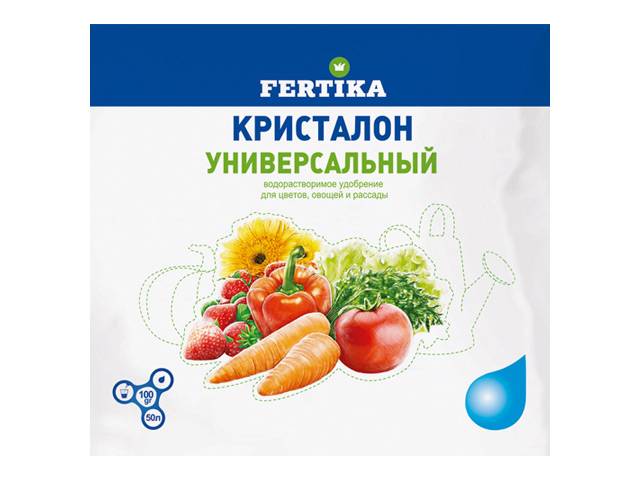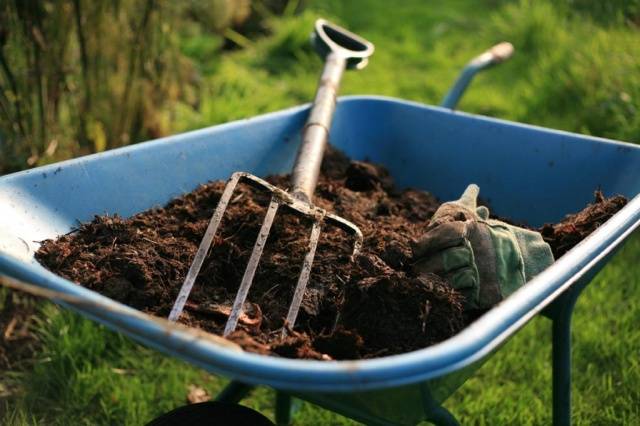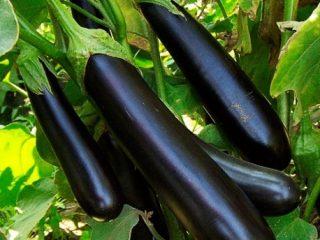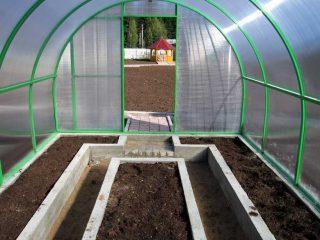Content
Eggplant is deservedly considered one of the most useful vegetables that can be grown in domestic conditions. In addition, the fruits of the plant have original and extremely pleasant taste, which are used in the preparation of various dishes. Moreover, eggplant can be used both fresh and canned. One of the most popular products is the well-known eggplant caviar... The factors listed above have led to the fact that the plant can increasingly be found in domestic gardens and orchards.
The main properties of eggplant
The climatic conditions in Russia are far from being the most suitable for growing eggplants. Therefore, it is necessary to apply a variety of agrotechnical methods that help to achieve stable and high vegetable yields. The most important points to consider when growing a plant are as follows.
Heat loving eggplant
Plants quite rightly are among the most thermophilic of all those grown in extremely difficult domestic conditions. The optimum temperature for the development of a vegetable is considered to be an ambient temperature exceeding plus 20 degrees. At lower temperatures, eggplant growth is noticeably slowed down, and in some cases, it stops altogether.
In addition to the love of warmth, the plant also perceives the effects of negative temperatures extremely negatively. During frosts, eggplant often dies, so additional measures have to be taken to protect it. When growing a vegetable in open ground, various devices are almost always used, for example, arcs are installed on which a covering protective material is stretched. As a rule, ordinary plastic wrap is used for this purpose.
Another consequence of the thermophilicity of eggplant is that in the conditions of the domestic middle zone, it is almost always grown using seedlings. Otherwise, there is always a risk of simply not having time to get the harvest before the time of the onset of temperatures at which the growth and development of the plant stops.
High requirements for soil moisture
For normal growth, eggplant requires a consistently high level of moisture in the soil in which it is grown. The required degree of moisture is usually achieved by using two main agricultural techniques.
First, the plant is regularly and abundantly watered. The optimal time for this is considered to be the morning or evening hours, when the ambient temperature is not the highest, which allows moisture to be completely absorbed into the soil.
Secondly, when growing eggplants, it is imperative to mulch the soil. This is necessary to slow down the evaporation of water, as well as to distribute it more evenly in the soil. A wide variety of options can be used as mulch, for example, straw, a layer of grass or sawdust, and often a mixture of these components.
It should be borne in mind that with an insufficient level of humidity, as a rule, the flowers of the plant, and sometimes the ovaries, fall off. In addition, another extremely unpleasant process can occur, which consists in the deformation of the already formed eggplant fruits.
The need for regular and abundant feeding
One of the main reasons for the failure of eggplant growing is, as a rule, not on time or in insufficient amount of feeding. In this case, it is imperative to take into account the condition of the soil and the level of content in it of substances necessary for plant growth, since the frequency and amount of necessary fertilizers depend on this.
When choosing the option and amount of feeding, the following should be considered. The eggplant yield is negatively affected by both a deficiency or complete absence of necessary nutrients (at the same time, few fruits are formed, which are also small in size), and their excessive amount (with excess fertilization, too much green mass is formed to the detriment of the formation of fruits).
Features of feeding eggplants
By doing feeding eggplant there are a few basic rules to follow. One of the main ones is that when growing a vegetable, foliar feeding is practically not used, when a fertilizer solution is applied by spraying to the leaves and stems of the plant. On the contrary, it is recommended to apply top dressing exclusively to the eggplant root. In addition, there are a few more things to follow.
Top dressing depending on the quality of the soil
In the case of growing eggplants in fertile soil, as well as with regularly performed mulching, three additional dressings after planting seedlings are quite enough. The first is produced at the time when the buds of the plant begin to form. The second feeding is done when the harvest time is right. For the third time, fertilizers are applied at the time of eggplant fruit formation on the lateral processes.
The first and second top dressing usually consists of a standard set of minerals, namely: ammonium nitrate (5 g), potassium chloride or sulphate (10 g) and superphosphate (20 g). The specified amount of fertilizer is calculated for about 1 sq. M. fed area. In some cases, during the second feeding, the dosage of phosphorus and potassium is doubled. The third top dressing is done using organic fertilizers, usually rotted compost. Its necessary and sufficient amount is about 6 kg. for 1 sq.m.
When eggplant is grown in soil that is poor in nutrients, more frequent feeding is needed. This is usually done every two weeks. The first time comes 15 days after the seedlings have been planted. As a top dressing, a solution of an ordinary complex fertilizer is used, prepared at the rate of 20 g per standard bucket. The required dosage is about half a liter of solution for each bush.
When performing the second feeding, organic fertilizers are used, in most cases, liquid mullein at the rate of also half a liter per plant. During the third and fourth feeding, urea is used. The solution is made on the basis of one tablespoon per bucket of water. Each bush grown requires about a liter of the resulting solution. Urea has an extremely beneficial effect on the acceleration of the process of the appearance of ovaries, as well as on the subsequent formation of fruits.
Particular attention should be paid to feeding eggplant seedlings, since its full-fledged formation is one of the determining factors affecting the level of the yield obtained. Experienced gardeners recommend feeding eggplant seedlings twice. The first feeding is performed at a time when real leaves begin to form on the plant. The second is produced about 10-12 days before planting seedlings in the ground.
Feed seedlings can be done in many different ways. The first top dressing, as a rule, consists of various fertilization options with a high nitrogen and potassium content:
- Common potassium nitrate. To prepare the solution, take 30 grams of the substance per bucket (10 liters) of water.
- Special fertilizer Kemira-Lux. When using it, you must follow the instructions.The usual proportions for preparing a solution are from 25 to 30 g per 10 liters, that is, a bucket of water.
- Self-prepared mixture, consisting of foskamide (30 g), with the addition of superphosphate (from 10 to 15 g) The specified amount is diluted in 10 liters of water.
- The composition already mentioned above, which includes ammonium nitrate, superphosphate and sulfate or potassium chloride in the amount of 2, 3 and 3 teaspoons, respectively, which must be dissolved in a bucket of water.
The second planned feeding of seedlings is carried out with compositions that include, in addition to potassium and nitrogen, also phosphorus, as well as various micro and macro elements. In most cases, one of the following options is used:
- A special mixture of Kristalon fertilizers. To prepare the solution, 20 grams per bucket of water is enough.
- The already mentioned Kemira-Lux complex fertilizer. The proportions for preparing the solution are similar to those described above.
- Self-prepared mixture, which includes superphosphate (60 to 80 g) and potassium salt (20-30 g) The specified amount of the mixture is also dissolved in one bucket of water.
When growing eggplant, do not forget about the need to prepare the soil before planting seedlings. It is much more correct and more effective not to increase the amount and frequency of feeding, but to try to raise the soil level.
As a rule, soil preparation begins in the fall, when the future bed is dug up with the addition of manure. In this case, of course, one should choose weeds.
In the spring, it is also necessary to add organic fertilizers, for example, the same manure, but in a rotted form. These simple measures will have an extremely beneficial effect on the speed and quality of eggplant growth.
Conclusion
When growing eggplant, it is necessary to take into account three main qualities of the plant, namely: its thermophilicity, as well as high requirements for moisture and feeding. Only if all the conditions necessary for a vegetable are observed can one count on a stable and decent harvest. Compliance with the rules of feeding, first of all, the timing and amount of fertilizers applied, is not particularly difficult. The main thing in this case is to clearly and accurately follow the recommendations given in the article.

